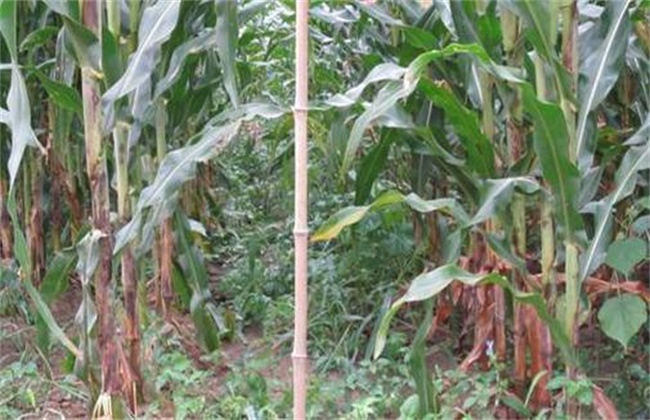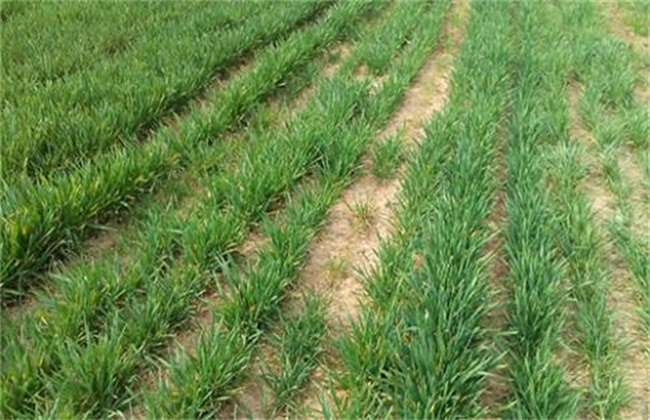Prevention and Control of Salt Acid injury in Corn
Corn hydrochloric acid damage is a disease caused by its high soluble salinity, which can inhibit the absorption of corn and produce reverse osmosis, resulting in physiological dehydration, resulting in corn wilt. So how to prevent and cure the acid damage of corn? Come and have a look with the editor.
1. Symptoms
Soil salinity and pH have great influence on the growth and development of maize, and the saline-alkali damage can be removed. among the salinity, chloride ion is the most harmful to corn. The salt tolerance is poor at jointing and booting stage, and the growth is thin at seedling stage, and it is close to withering when it is serious. Alkali damage mainly affects the young roots and buds of maize, light makes maize empty stalks increase and is easy to lodge, and heavy seedlings break ridges. At the same time, it will lead to element deficiency caused by the fixation of trace elements such as calcium, manganese, zinc, iron, boron and so on.
2. The cause of disease
The salt concentration in salinized soil is high, which will seriously affect the water absorption of corn, reverse osmosis phenomenon, physiological dehydration, resulting in maize plant wilting. Some salts inhibit the effective transformation of nutrients by beneficial microorganisms and make the seedlings thin. Alkali damage is mainly due to the existence of alternative sodium ions in the soil, resulting in the deterioration of soil properties and the absorption of effective maize roots and nutrients.
3. Prevention and control methods
First of all, to change the soil salinization, we can improve saline-alkali soil by growing rice. Under good drainage and irrigation conditions, low-lying saline-alkali areas prone to waterlogging, the development of rice is a successful experience in improving saline-alkali soil. In the north, the diversion of flood and silt to improve salinity and sand famine is a successful experience created by the working people. In areas with water supply, saline-alkali land can be improved by flushing. There is a large area of soda salinized soil and alkaline soil in saline-alkali land, which can be modified by gypsum or lime sediment, phosphogypsum, urea and humic acid fertilizer of sugar factory according to local conditions. In addition, measures such as the application of organic fertilizer and reasonable crop rotation can also effectively improve saline-alkali soil.
The above is the introduction of the prevention and control methods of corn acid damage, hope to help you, want to know more related knowledge, please pay attention to us.
Related
- The first cup of black tea in spring, the flavor and history of tea gardens in Kenya, Africa
- The computer can not only choose potatoes, but also grow tea rice. AI will grow winter oolong tea champion.
- It is not only the inflated tea bitten by insects, but also engraved with the four seasons tea in Beipu.
- The Oriental Beauty Tea Festival in Zhuxian County takes the stage at the weekend to experience the plus-size feast of oil tea.
- & quot; Oriental Beauty Tea & Exploration of Emei in Hsinchu, the hometown of quot;
- The new variety of strawberry "Tainong 1" dessert is the first choice with mellow aroma. Crimson gorgeous
- History of Tea in Taiwan: from Wild Inner Mountain to Export Tea Garden
- Two types of Taiwan Oriental Beauty Black Tea won the British three-Star Award for Childhood Tea Xiang Zhang Jiaqi changed from pilot to champion tea maker.
- Banana species and varieties: the planting history of Taiwan Xianren banana and dwarf banana is long, is banana disease resistant?
- Coffee planting Technology: Qianjie Coffee from Seedling to harvesting



